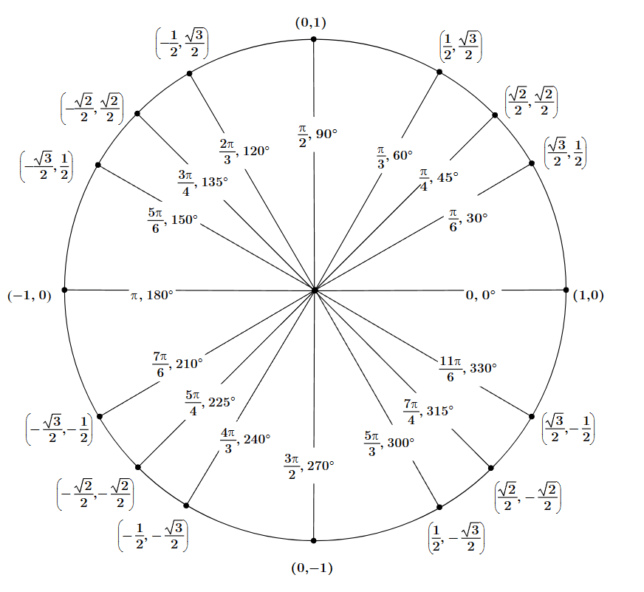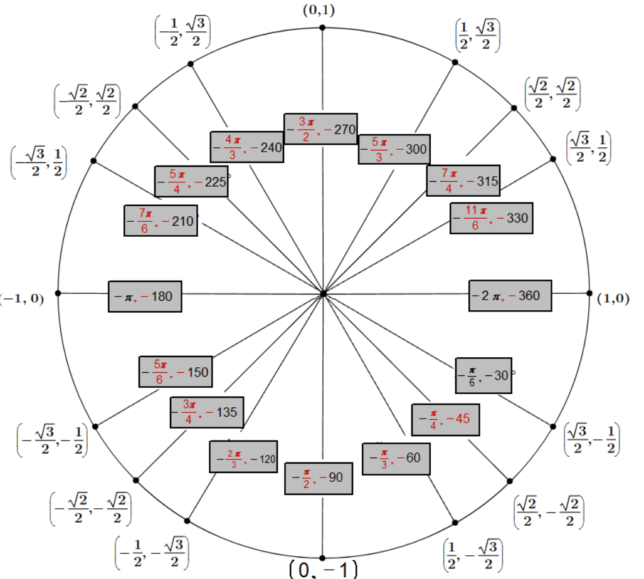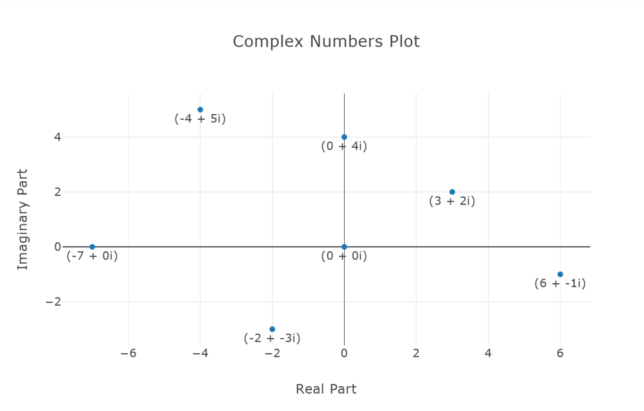Our page provides a comprehensive guide to understanding and calculating the square roots of negative numbers, a fundamental concept in the study of complex and imaginary numbers. We start with the simple task of finding the square root (√) of -4, breaking down the number and applying the property of square roots to simplify the calculation. The result, 2i, is obtained by evaluating each square root separately. We then extend this method to calculate the product and sum of the square roots of two negative numbers, -4 and -9, and -4 and -16, respectively. Each example is broken down into clear steps, with explanations to aid understanding. The aim is to help learners understand how to perform these calculations efficiently and accurately. We also delve into the concept of i squared (i²), which is a key component in these calculations.
Calculating the Square Root of Negative Numbers
In this example, we will calculate the square root of -4. Understanding the square root of negative numbers is a fundamental concept in complex numbers and imaginary numbers.
Step 1: Break Down the Number
Recognize that -4 can be written as -1 times 4:
\(-4 = -1 \times 4\)
Step 2: Apply the Property of Square Roots
Apply the property of square roots that says the square root of a product is the product of the square roots:
\(\sqrt{-4} = \sqrt{-1 \times 4} = \sqrt{-1} \times \sqrt{4}\)
Step 3: Evaluate Each Square Root
Evaluate each square root separately. The square root of -1 is \(i\), and the square root of 4 is 2:
\(\sqrt{-1} \times \sqrt{4} = i \times 2 = 2i\)
Conclusion
So, the square root of -4 is \(2i\). This is a basic example of how to calculate the square root of a negative number.
Efficient Calculation
The calculation can be written in one efficient line as follows:
\(\sqrt{-4} = \sqrt{-1 \times 4} = \sqrt{-1} \times \sqrt{4} = i \times 2 = 2i\)
Calculating the Product of Square Roots of Negative Numbers
In this example, we will calculate the product of the square roots of -4 and -9. Understanding the square roots of negative numbers is a fundamental concept in complex numbers and imaginary numbers.
Step 1: Break Down the Numbers
Recognize that -4 can be written as -1 times 4 and -9 can be written as -1 times 9:
\(-4 = -1 \times 4, -9 = -1 \times 9\)
Step 2: Apply the Property of Square Roots
Apply the property of square roots that says the square root of a product is the product of the square roots:
\(\sqrt{-4} \times \sqrt{-9} = \sqrt{-1 \times 4} \times \sqrt{-1 \times 9} = \sqrt{-1} \times \sqrt{4} \times \sqrt{-1} \times \sqrt{9}\)
Step 3: Evaluate Each Square Root
Evaluate each square root separately. The square root of -1 is \(i\), the square root of 4 is 2, and the square root of 9 is 3:
\(\sqrt{-1} \times \sqrt{4} \times \sqrt{-1} \times \sqrt{9} = i \times 2 \times i \times 3\)
Step 4: Evaluate \(i \times i\)
Remember that \(i \times i = i^2\), which is equal to -1:
\(i \times 2 \times i \times 3 = i^2 \times 2 \times 3 = -1 \times 2 \times 3 = -6\)
Conclusion
So, the product of the square roots of -4 and -9 is \(-6\). This is a basic example of how to calculate the product of the square roots of negative numbers.
Efficient Calculation
The calculation can be written in one efficient line as follows:
\(\sqrt{-4} \times \sqrt{-9} = \sqrt{-1 \times 4} \times \sqrt{-1 \times 9} = \sqrt{-1} \times \sqrt{4} \times \sqrt{-1} \times \sqrt{9} = i \times 2 \times i \times 3 = i^2 \times 2 \times 3 = -1 \times 2 \times 3 = -6\)
Calculating the Sum of Square Roots of Negative Numbers
In this example, we will calculate the sum of the square roots of -4 and -16. Understanding the square roots of negative numbers is a fundamental concept in complex numbers and imaginary numbers.
Step 1: Break Down the Numbers
Recognize that -4 can be written as -1 times 4 and -16 can be written as -1 times 16:
\(-4 = -1 \times 4, -16 = -1 \times 16\)
Step 2: Apply the Property of Square Roots
Apply the property of square roots that says the square root of a product is the product of the square roots:
\(\sqrt{-4} + \sqrt{-16} = \sqrt{-1 \times 4} + \sqrt{-1 \times 16} = \sqrt{-1} \times \sqrt{4} + \sqrt{-1} \times \sqrt{16}\)
Step 3: Evaluate Each Square Root
Evaluate each square root separately. The square root of -1 is \(i\), the square root of 4 is 2, and the square root of 16 is 4:
\(\sqrt{-1} \times \sqrt{4} + \sqrt{-1} \times \sqrt{16} = i \times 2 + i \times 4\)
Step 4: Factor Out the Common Factor
Factor out the common factor \(i\):
\(i \times 2 + i \times 4 = i \times (2 + 4) = i \times 6 = 6i\)
Conclusion
So, the sum of the square roots of -4 and -16 is \(6i\). This is a basic example of how to calculate the sum of the square roots of negative numbers.
Efficient Calculation
The calculation can be written in one efficient line as follows:
\(\sqrt{-4} + \sqrt{-16} = \sqrt{-1 \times 4} + \sqrt{-1 \times 16} = \sqrt{-1} \times \sqrt{4} + \sqrt{-1} \times \sqrt{16} = i \times 2 + i \times 4 = i \times (2 + 4) = i \times 6 = 6i\)



